What’s in the Box
- Sweet William Flower Seeds
- Sowing instructions printed on backside of Seed Packet
- Recyclable Pouch
Introduction
Bring timeless charm and fragrance to your garden with our premium Sweet William Flower Seeds! Known for their vibrant clusters of blooms in shades of pink, red, white, and bi-colors, Sweet William adds a touch of old-fashioned elegance to any flower bed, border, or container. Perfect for both seasoned gardeners and beginners, these hardy biennials are celebrated for their rich fragrance and striking beauty.
Whether planted in cottage gardens, edging paths, or as cut flowers in arrangements, Sweet William promises a long-lasting display of color. With their ability to attract butterflies, bees, and other pollinators, they not only beautify your outdoor space but also support a thriving ecosystem.
Order today and enjoy the captivating blooms of Sweet William – a classic flower that continues to delight across generations.
Guide to the Germination Process, Soil & Fertilizer, Watering & Pest Control Requirements for Sweet William Flower Seeds
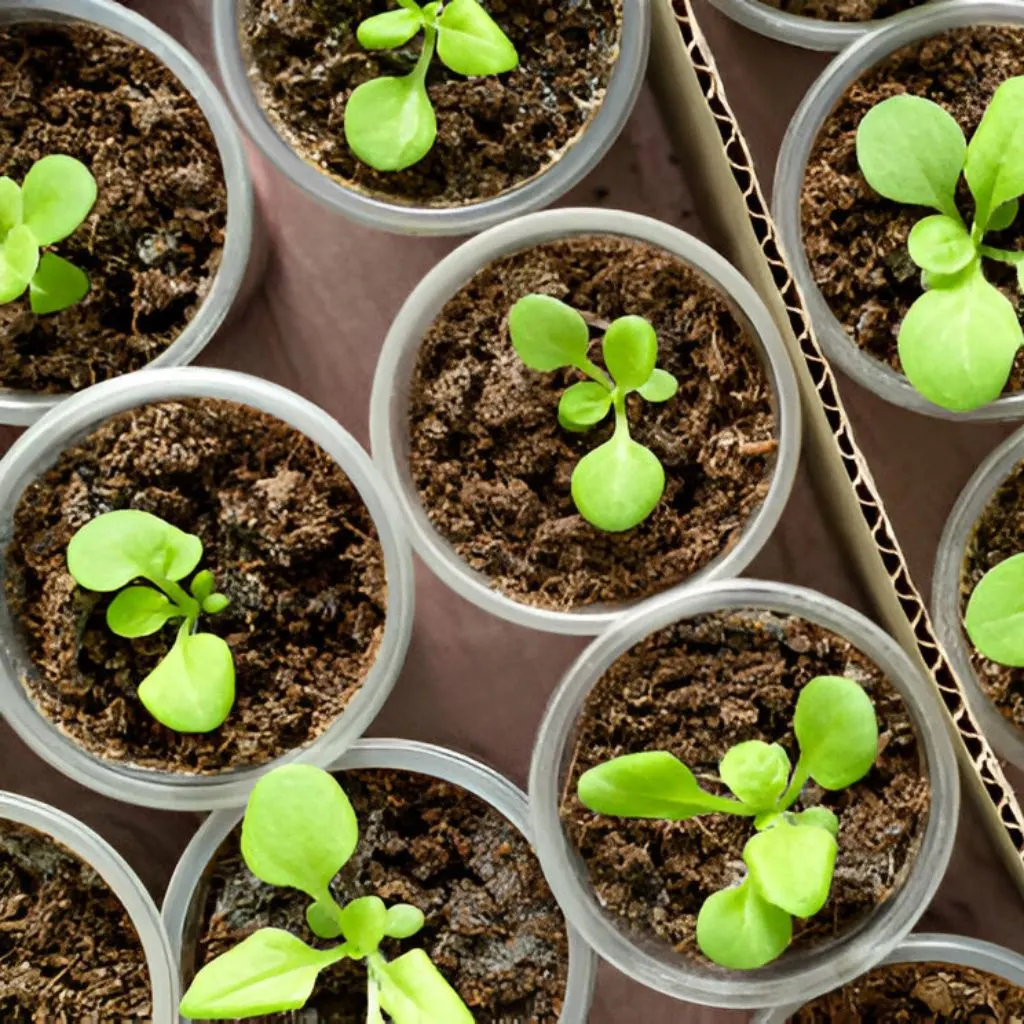
Seeds Germination Process
Seed Preparation: Sweet William seeds typically do not require pre-treatment, but soaking in water for 2–4 hours may help speed up germination.
Planting Medium: Use a light, well-draining seed-starting mix enriched with organic compost. Avoid compact soils that retain excess water.
Planting: Sow seeds thinly on the soil surface and lightly press them down. You can cover them with a very thin layer of fine soil or vermiculite, but avoid burying too deep.
Containers: Start seeds in trays, pots, or directly outdoors in late spring/early summer. Ensure containers have proper drainage.
Watering: Keep the soil consistently moist but never soggy. Use a fine mist spray to prevent dislodging seeds.
Temperature: Germination is best at 18–22°C (65–72°F). In cooler climates, start seeds indoors 6–8 weeks before the last frost.
Light: Sweet William seeds need light for strong germination, so provide bright indirect sunlight or a grow light for 12–14 hours daily.
Germination Time: Seeds usually germinate within 10–21 days. Thin seedlings once they develop true leaves to avoid overcrowding.
Soil & Fertilizer Requirement
Loosen Soil: Sweet William thrives in fertile, well-drained loamy soil. Loosen the bed to at least 8–10 inches (20–25 cm) and enrich with compost or well-rotted manure.
Balanced Fertilizer: Use a balanced fertilizer such as NPK 10:10:10 or 19:19:19 every 4–6 weeks during active growth.
Organic Options: Compost tea or fish emulsion can provide steady nutrition while improving soil health.
Application: Fertilize lightly during seedling growth and again when buds start forming. Excessive fertilizer, especially nitrogen, can reduce flower production.
Flowering Boost: For more vibrant blooms, switch to a fertilizer higher in phosphorus and potassium once plants start budding.
Avoid Over-Fertilizing: Too much nitrogen can lead to lush foliage at the expense of flowers and may weaken the plants.


Watering Requirement
Frequency: Keep soil evenly moist during germination and establishment. Once mature, water deeply once a week. In hot or dry weather, increase frequency.
Watering Technique: Water at the base of the plant to keep foliage dry and reduce the risk of fungal diseases.
Soil Moisture: Ensure soil drains well. Allow the top inch of soil to dry slightly between waterings.
Adjustments Based on Conditions: During prolonged heat, check soil moisture more frequently. Reduce watering if rainfall is consistent.
Containers: Plants in pots dry faster and may need watering every 2–3 days, especially during summer.
Pest Control Requirement
Aphids: Common on tender growth. Control with neem oil, insecticidal soap, or strong water sprays.
Spider Mites: Cause stippling and webbing in hot, dry conditions. Increase humidity and use organic miticides if necessary.
Caterpillars: Handpick or use Bacillus thuringiensis (Bt) to prevent leaf damage.
Rust & Leaf Spot: Fungal issues that appear in humid conditions. Improve air circulation, water at the base, and apply fungicides when needed.
Root Rot: Caused by waterlogged soil. Ensure proper drainage and avoid overwatering.
Regular Inspection: Check plants weekly for early signs of pests or disease. Prompt action helps maintain strong, healthy blooms.


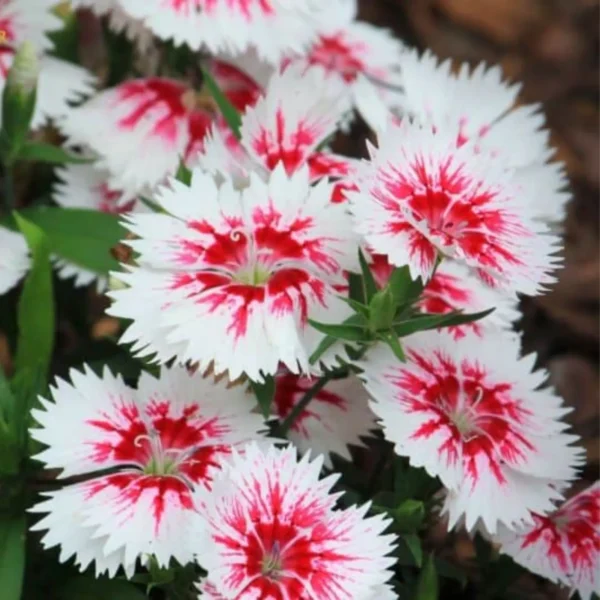
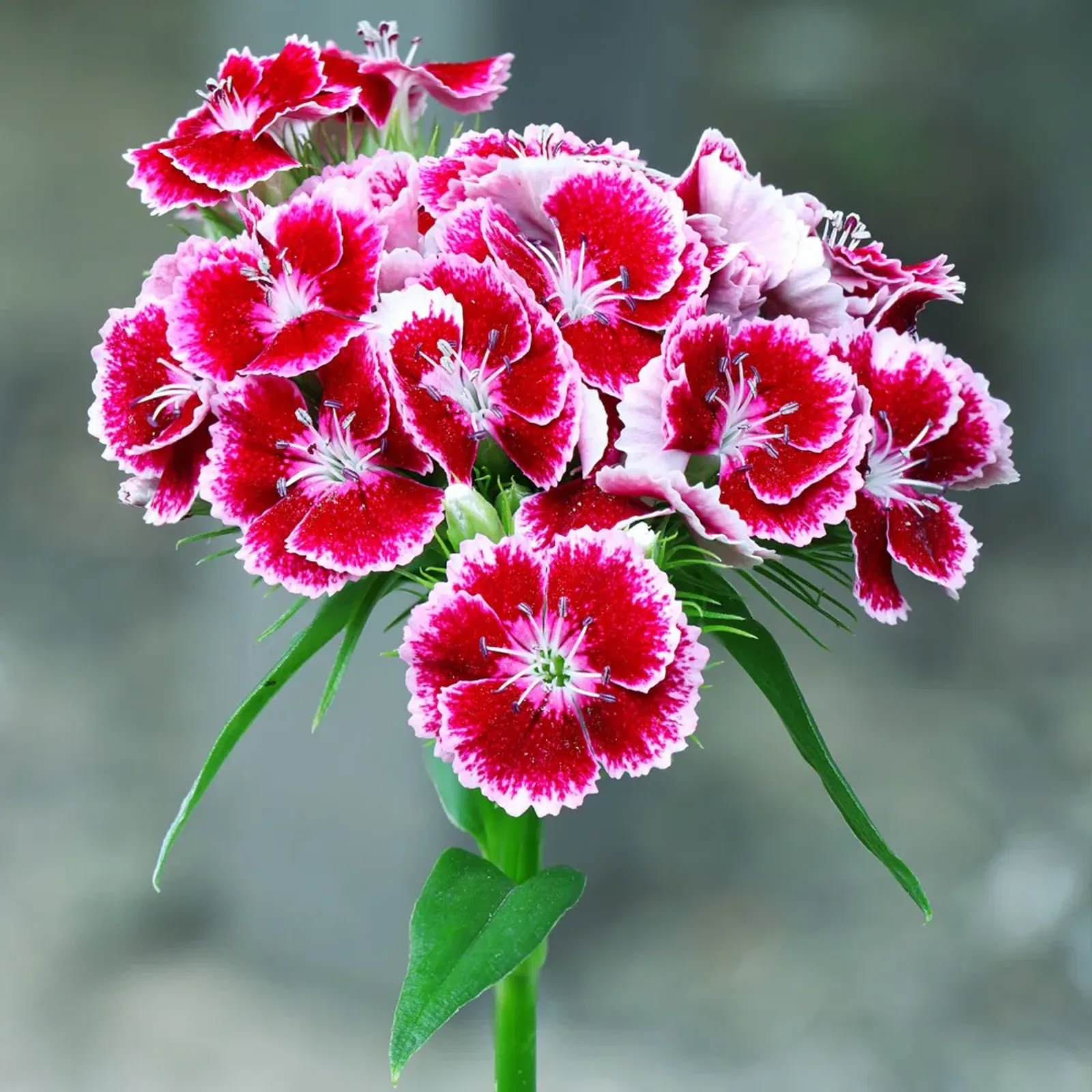
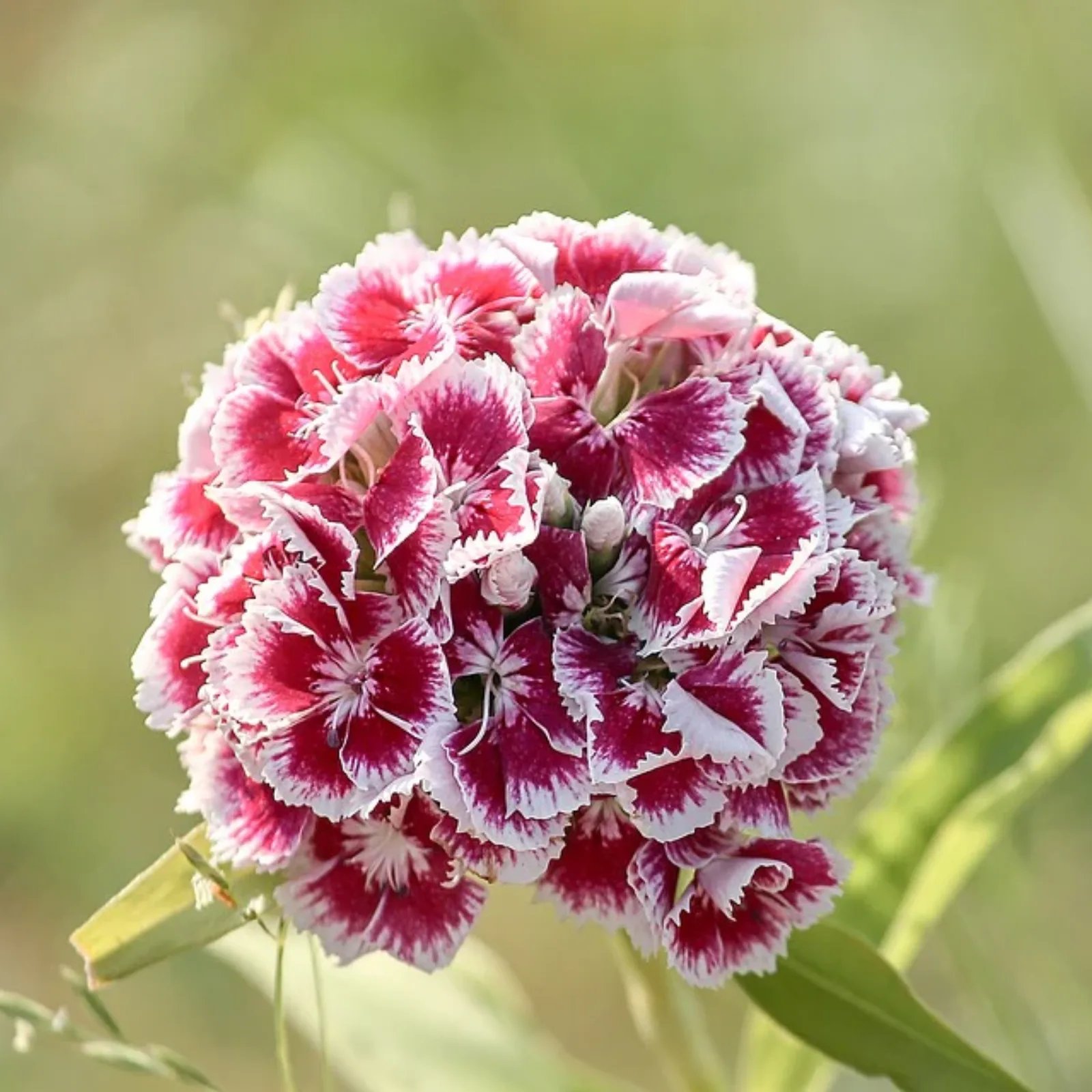
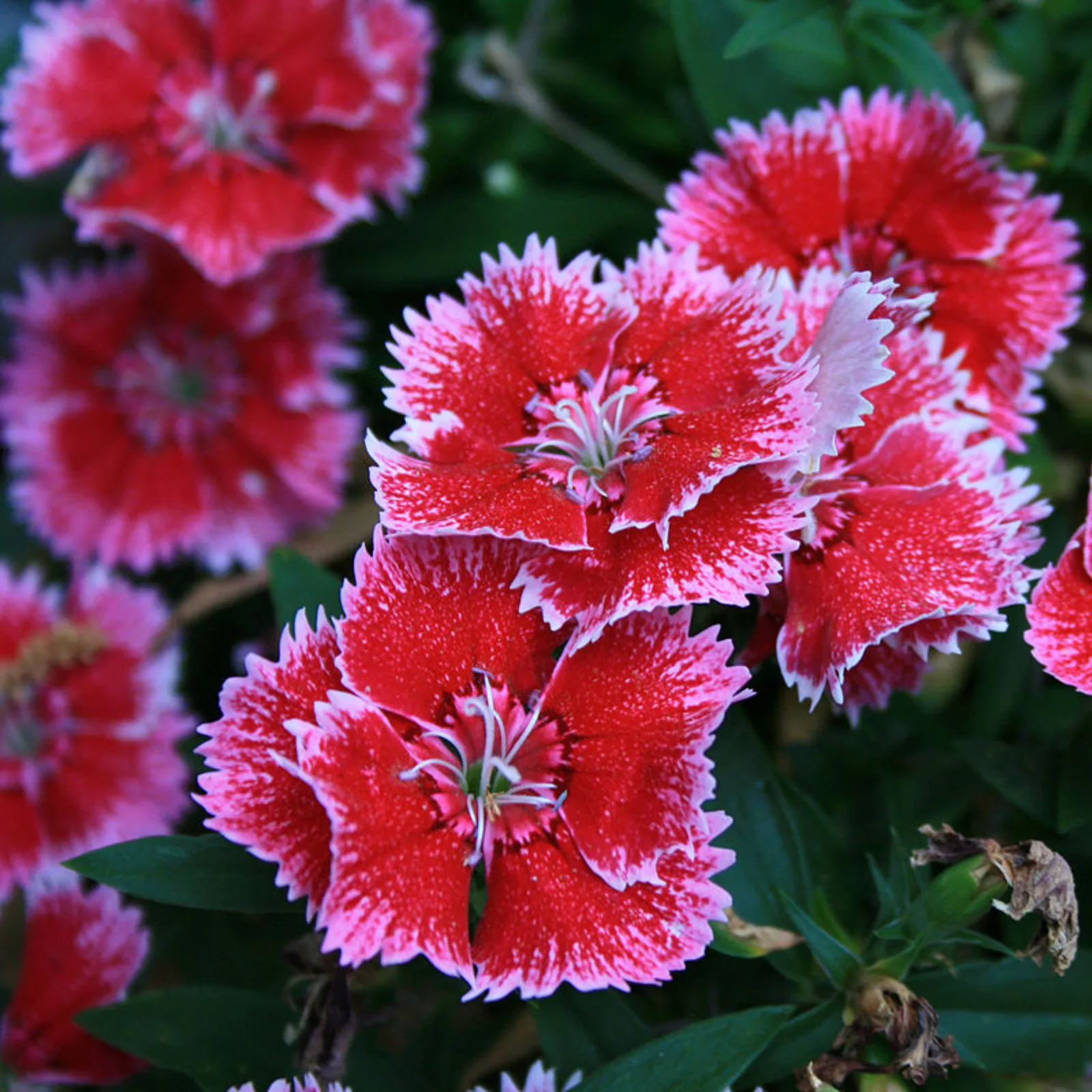
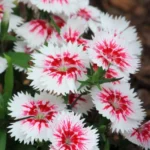

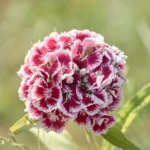

Reviews
There are no reviews yet